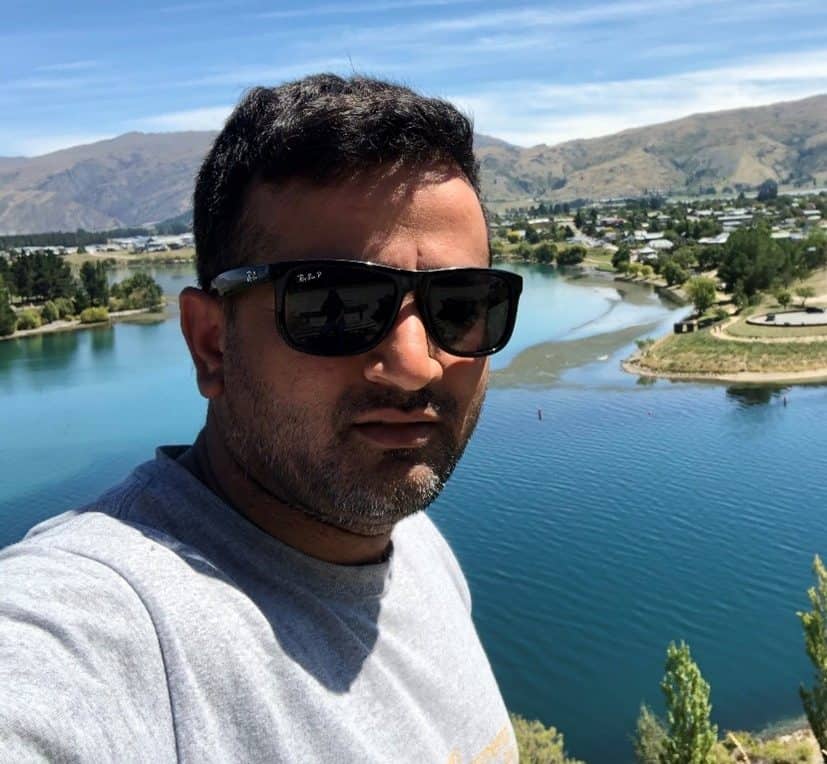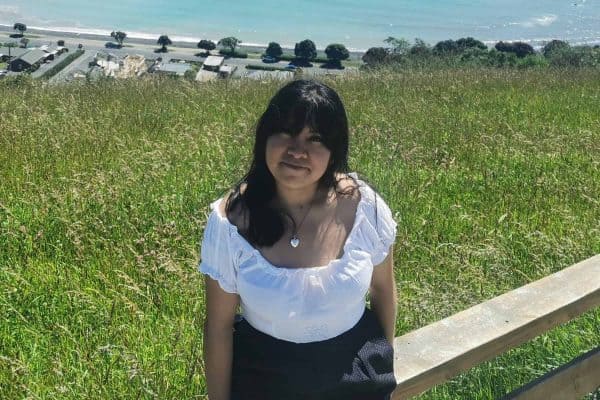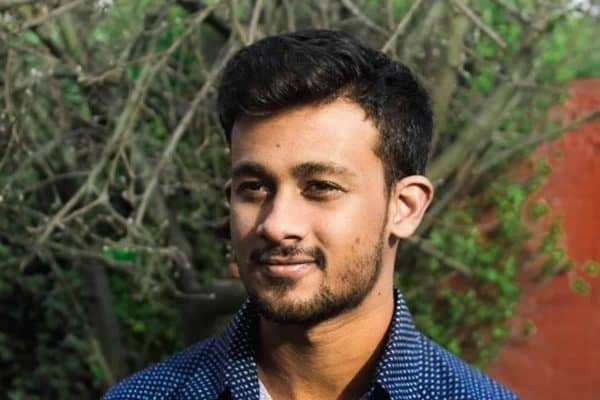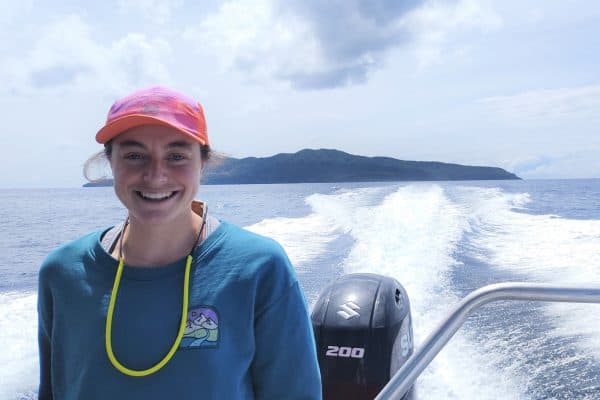Effective communication of model uncertainty
I was born in the hilly region of Nepal and moved to the Terai (Flatlands in Nepal) at the age of 2 with my parents, where I spent my childhood. I moved to Kathmandu, the capital city of Nepal, for my undergraduate and graduate studies in environmental science. I started working in Disaster Risk Management (DRM) around 2011, and have already spent a decade working in this area. In 2018, I came to New Zealand as my wife was offered a PhD opportunity by the University of Otago, and we had a 4 year old son to look after. I stayed in Dunedin for 3 years before I started my PhD last year here in Wellington. When somebody asks me the differences between Nepal and New Zealand, I would say: if you bring the mountains from Nepal and place it in the NZ ocean, New Zealand and Nepal would be identical twins, with mountains, hills, and sparse flatlands.
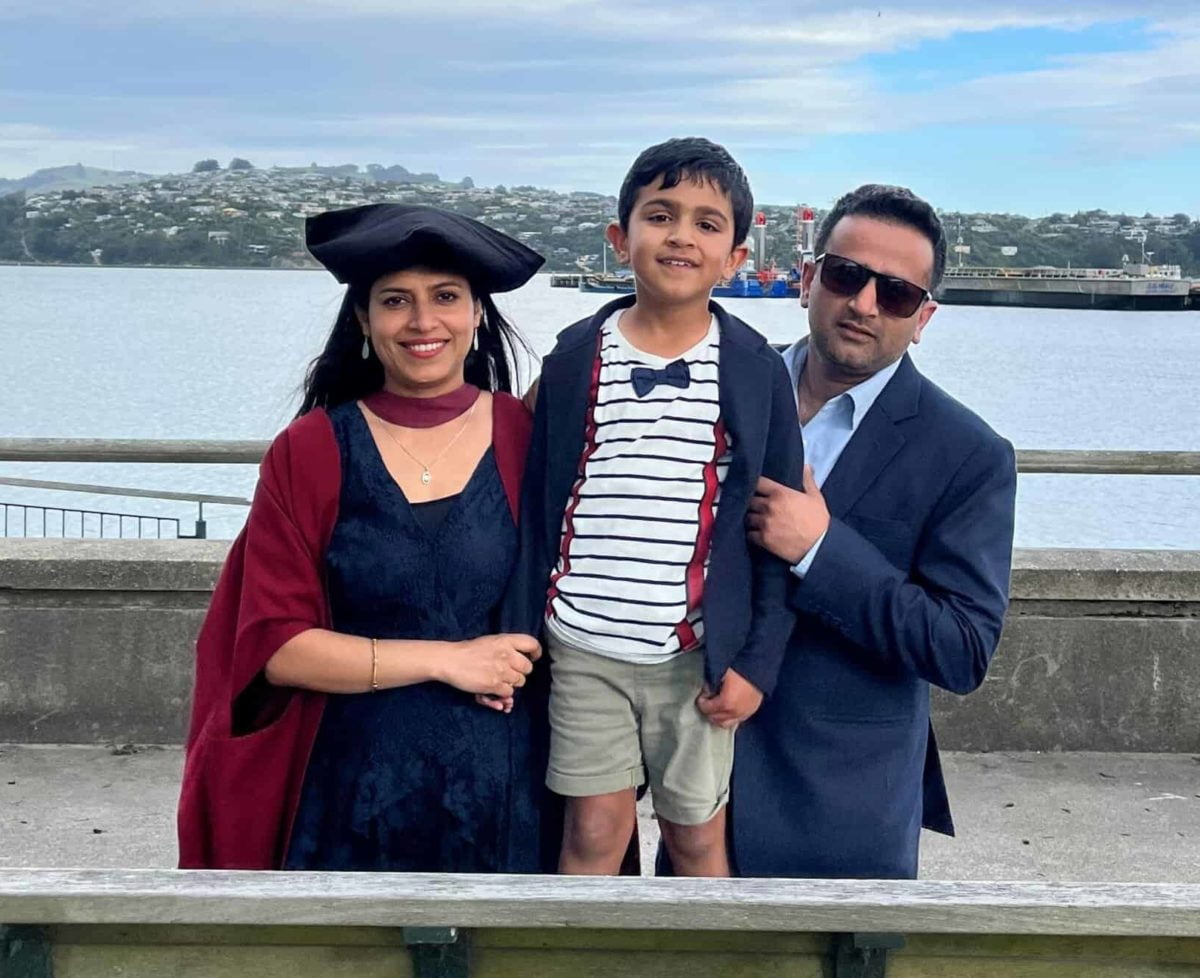
My Project
As part of the Resilience Challenge’s Resilience, Policy and Governance Programme, I’ve started my PhD through the Joint Centre for Disaster Research at Massey University, with supervisors Dr. Emma Hudson Doyle, Dr. Raj Prasanna, Dr. Garry McDonald, and Professor Douglas Paton.
Model-based decision support tools are widely used in different phases of the disaster management cycle. Multiple risks and hazard models help decision-making. However, uncertainties that exist in these models, and proper uncertainty communication mechanisms pose a significant challenge. There has been good research in the last two decades in understanding model analytics and model uncertainties, but we still do not have enough knowledge on what uncertainty information is actually needed for decision-makers to make decisions, or on what the values of decision-makers are. This has hindered uncertainty communication between modelers, scientists and decision-makers. So, my research will explore the uncertainty needs of decision-makers and devise an appropriate mechanism to communicate uncertainties.
I have always been into science communication; developing and designing information, communication, and educational materials in disaster risk management and climate adaptation. I found “model uncertainty communication” interesting which is why I choose to apply for this PhD. I now understand that there is a lot to explore in this subject, which I will be doing for the rest of my life. There’s always something new to learn every day. Especially, doing research on uncertainty communication in these uncertain times due to COVID excites me to do this research.
Next Steps
I am into my second year of my PhD, so my plans for the next few years are simply to work on a few case studies and come up with a “guiding mechanism to communicate model uncertainty” for disaster risk models used in New Zealand. I am very hopeful to achieve this objective which will be very helpful for the National Emergency Management Authority (NEMA), Civil Defence Emergency Managers, and Crown research organizations.
